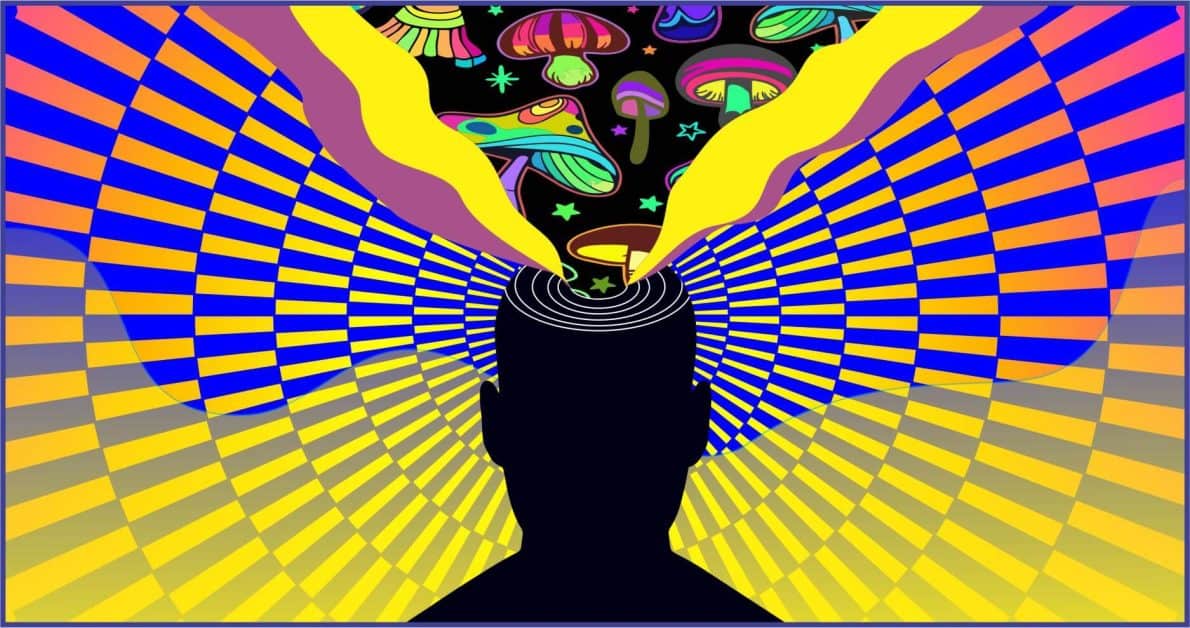
5 Ways Psilocybin Can Help Treat Mental Health
Psilocybin can help treat mental health by altering neural connections, reducing activity in parts of the brain causing anxiety, allowing new healthier connections to form.

In our high-speed “always on” world, brimming with deadlines and digital distractions, the ancient quest for inner peace has become more relevant than ever.
Across cultures and centuries, from the serene teachings of Buddhism to modern psychological research, the pursuit of inner peace is recognized as essential for a fulfilling life and mental well-being.
Within the past few centuries, we have lost those quiet moments of introspection, and replaced them with dopamine-disrupting distractions, from social media to Netflix. Without taking the time to look within, how can we find inner peace?
This article delves into the heart of inner peace—unpacking its complex nature, exploring its significance, and presenting seven transformative steps to achieve it.
Through a blend of timeless wisdom and contemporary insights, we invite you on a journey to discover the serenity within and live mindfully and contently in harmony with the world.
While a complex and multifaceted term, inner peace is best described as a state of mental and emotional calmness where we experience a sense of harmony and balance within, despite external circumstances.
Inner peace is also commonly described in terms of emotional states. In a 2022 study exploring the relationships between inner peace and character strengths, inner peace was defined as a “low-arousal positive emotional state coupled with a sense of balance or stability”.
In political terms, “peace” in Western civilization is classified as the absence of violence. Applying this to individuals, this violence could be compared to the self-sabotaging of negative self-talk and subconscious thoughts that we all have, which limit our ability to find inner peace.
The common denominator among all definitions is in accepting and being content with our feelings, thoughts, and emotions. None of us are perfect, nor ever will be, no matter what we may achieve and accomplish. Finding inner peace requires us to accept ourselves as we are, the good, the bad, and the ugly.
While inner peace focuses on attaining a low-arousal positive emotional state, where we are emotionally content and balanced, this should not be mistaken for states of indifference, passivity, or even resignation.
Inner peace is not about sacrificing joy, accepting unfavorable circumstances without question, sidestepping every conflict, or detaching from the world around us. Rather, it embodies an active, dynamic state of being.
It’s about engaging with life’s complexities mindfully and intentionally, ensuring that our interactions and responses are grounded in balance, fostering internal harmony and stability.
Since a state of inner peace may still include unpleasant feelings, even if we have accepted them, you may be wondering what inner peace feels like, and how you will know when you have attained it.
A 2013 study delved into the emotional aspects of inner peace, revealing the most commonly referenced terms that most accurately captured the essence of inner peace for the 378 participants involved in the research.
Such descriptions included feeling peaceful, serene, tranquil, calm, at ease, comfortable, secure, harmonious, balanced, stable, settlers, content, and satisfied.
The one thing common to all these terms is their mildness. There are no intense feelings such as euphoria, exhilaration, or jubilation as we might associate with happiness.
The emphasis of inner peace is on a passive and low-energy state of being, almost like a meditative state of content.
Pleasures you experience when in a state of inner peace will lead to enjoyment without overexcitement, while pains are felt without getting despondent. Inner peace serves as an emotional regulator, smoothing out the extreme highs and lows.
While emotion is a great motivator, it can also be a tremendous drain. Inner peace is therefore important to regulate such lows, ensuring optimal emotional and cognitive functioning.
Surprisingly, numerous studies have explored the effects of inner peace on the body and brain, finding a mix of physical and mental benefits.
A 2013 study split 57 participants into two categories: those who undertook mindfulness training and those who did not. They found that those who engaged in mindfulness training felt more at peace, could focus better, and reported increased life satisfaction while reducing anxiety.
A second study found participants displayed a greater empathy and ability to understand others’ thoughts and feelings, playing a key role in linking how peaceful someone feels with others to their ability to control impulses, solve conflicts, and their level of aggression.
Finding inner peace can sometimes feel elusive for various reasons, most of which are unique to an individual’s life circumstances, mindset, and experiences. Here are some common reasons why most of us struggle to find inner peace.

While modern life in the Western world is more prosperous than ever – global economic growth has significantly increased over the last century, poverty rates have fallen, and global literacy rates are at their highest – this drive for productivity has left us with a seemingly never-ending to-do list.
From advancing your career to minding your family, there is little time to step back and dedicate time to finding inner peace. As a result, we are neglecting the self-care, both physically and mentally, that we desperately crave.
Overcommitment is a significant issue for many, where we take on too much in our personal and professional lives, often leading to burnout and feeling overwhelmed – the antithesis of inner peace.
Modern life has created an “always on” society, where our minds are only ever switched off when we sleep. The constant barrage of notifications, the endless scrolling through social media, and societal pressures to be perpetually productive have created an environment where stillness and introspection have become rare commodities.
But our brains are not wired for the endless pursuit of constant productivity. Historically, our ancestors lived in environments characterized by scarcity and unpredictability. The human brain, therefore, evolved to cherish and utilize moments of peace.
Nightfall, in particular, was a time for reflection and rest, as the absence of light and the reduction of activity naturally led to a state of quiet introspection. This rhythm allowed for a balance between activity and rest, engagement and disengagement, giving the mind necessary breaks and the opportunity to process experiences, emotions, and thoughts calmly and reflectively.
The modern environment rarely affords us such natural breaks. The artificial extension of daylight through electric lighting, combined with digital devices that suck much of our attention, means we can go whole days—or even weeks—without giving ourselves a moment to just be.
This constant engagement not only exhausts us physically but leaves little room for mental rest and emotional processing. As a result, finding inner peace becomes a challenge, as the mind is seldom given the chance to slow down, reflect, and find clarity amidst the noise.
Finding inner peace is an active task, something we must seek and put effort into. Yet modern life means we are likely too distracted to engage in such peace-seeking pursuits.
Today’s world is one of gluttonous abundance, with a near-infinite list of ways to distract ourselves from looking inwards, limiting our ability to find inner peace.
The human brain evolved under conditions vastly different from today’s world of abundance. Originally, it was adapted to manage scarcity, focusing on essential survival tasks such as finding food and shelter while avoiding predators.
In contrast, modern society is characterized by an abundance not just of food and material resources, but also of information and stimuli. From Netflix and Disney Plus to Facebook and Reddit, there are endless ways for technology to abuse our dopamine systems, keeping us hooked to the detriment of our inner peace.
This relentless demand on our focus not only scatters our thoughts but also keeps our brains in a perpetual state of arousal. It’s a condition far removed from the tranquility needed to nurture inner peace.
One of the culprits behind this cycle of constant stimulation is dopamine, a neurotransmitter often dubbed the “feel-good” chemical. Dopamine plays a crucial role in how we experience pleasure and reward.
Each time we swipe through social media, click on another video or receive a notification, our brain releases small doses of dopamine, rewarding us for these interactions and encouraging us to repeat them. It’s a feedback loop that feeds on itself, keeping us locked in a state of continuous engagement.
This dopamine-driven pursuit of rewards makes it increasingly difficult to find the stillness required for inner peace. As our attention is pulled in multiple directions, we lose the ability to focus intently on any one thing, including our own mental and emotional states.
The consequence? A sense of disconnection from ourselves and an inability to access the tranquility that lies beneath the surface of our busy minds.

Unrealistic expectations set us up for failure from the start, creating a perpetual cycle of disappointment. Meanwhile, comparisons strip away our individuality, compelling us to chase after a mirage of success and happiness that doesn’t align with our authentic selves. This constant striving for something just out of reach disrupts our emotional equilibrium, making inner peace elusive.
Social media, in particular, has amplified this tendency by presenting curated snapshots of others’ lives, often portraying them in an overly positive light. This skewed perspective can lead to feelings of jealousy, inferiority, and a sense that everyone else is leading a better, more successful, or happier life.
Stress and anxiety often stem from external factors, such as financial burdens or health concerns. While we can engage in exercises and acts that can help mitigate some of the effects of stress, many of these mechanisms are outside our physical control.
If you have an ill family member, eliminating stress and finding inner peace is going to be difficult, if not impossible. In these cases, our aim should be to minimize the effects of stress as much as possible, until the source of the stress is removed.
Unresolved emotional issues, such as anger, guilt, or sadness, also create internal turmoil that disturbs peace.
Stress, particularly chronic stress, engages the body’s fight or flight response and keeps cortisol levels consistently high. High levels of cortisol have been shown to cause physical harm while resulting in perpetual alertness and emotional turmoil, a physiological state that is fundamentally at odds with the calm and centeredness that characterize inner peace.
You will likely have recognized some, if not all, of the four common barriers to finding inner peace as listed above. That’s great – recognizing and acknowledging your issues is halfway to solving them.
Let’s now take a look at seven steps you can incorporate into your life today to help find your inner peace.
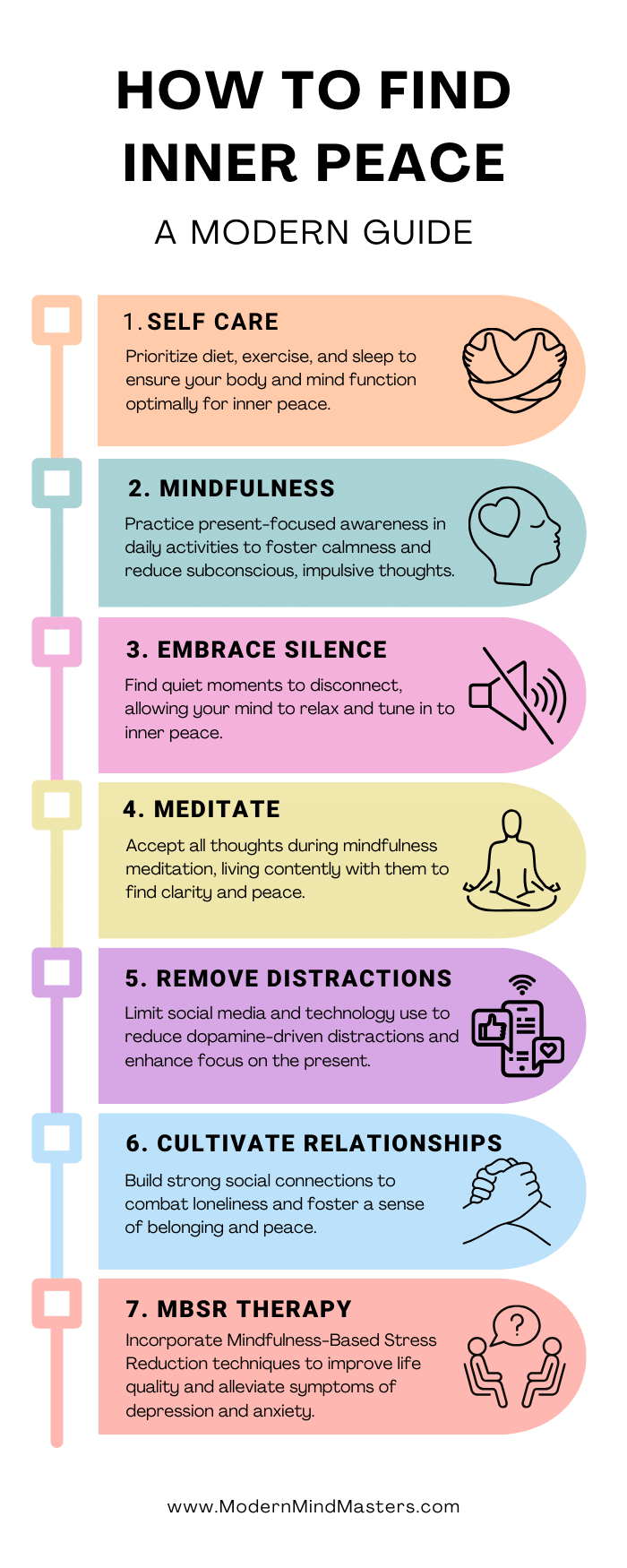
Self-care is simply the act of taking care of yourself, physically and mentally. When you look after your body and brain, they, too, will look after you.
Your first step towards self-care should always focus on the three pillars of health: Diet, exercise, and sleep. Together, these three areas ensure the body and brain are functioning optimally. And when any of them are compromised, inner peace will always feel out of reach.
In today’s productivity-driven society, intentionally taking time to reflect inward and attend to your own needs can feel like a new-age waste of time but it is vital for reducing stress, improving mood, and fostering a sense of calm and balance.
Mindfulness gets a bad rap as a new-age wishful thinking type of exercise, but this couldn’t be any further from the truth. If I could have one superpower, it would be mastering the art of mindfulness because our subconscious thoughts, both the good and the bad, are the driving forces behind most of our actions, whether we realize it or not.
There is science to back this up – practicing meditation and mindfulness has been shown to increase feelings of inner peace.
Mindfulness, at its core, is the practice of being fully present and engaged in the moment, aware of your thoughts and feelings without judgment. It sounds simple enough, right? Just live in the present, notice and acknowledge your thoughts, and let them pass without getting entangled.
However, applying this in everyday life is far from easy, especially when dealing with impulsive, subconscious thoughts that seem to arise out of nowhere, leading us to often feel like failures.
While we may feel shame for such impulsive thoughts, such as guilt from remembering an embarrassing moment from years ago, these thoughts are natural and unavoidable – subconscious thoughts stem from parts of the brain outside of conscious neural pathways. Instead, we must learn to live contently alongside them.
Learn to think in the present. The neural circuits of conscious thought, specifically the prefrontal cortex, are driven by reason and logic and are within our control.
Amid our daily routines—whether that’s savoring a meal, meandering through our neighborhood, or tidying up our living spaces—there’s a golden opportunity to transform these moments into something extraordinary.
By consciously directing our attention to our senses, we give our brains the chance to pause, reset, and revel in the simplicity and beauty of the present moment. Go for a scenic walk or perform some yoga to allow the brain to enter such mindful states.
So, to be mindful, we need to embrace our emotions. But to embrace our emotions, we first need to tune in and actively listen for them.
Inner peace is not something you find, it is something that finds you when you allow it. It is like radio waves in the air; they are always around us, but only when we tune our sensors (in this case a microwave) in the right orientation can we tune in and receive it.
Trying to find silence is more difficult than you might imagine. We have become averse to silence with a passion, doing anything and everything to avoid it. Going to the washroom? Time to open up Reddit. There’s a pause in conversation? Quick, time to reach for the phone.
We need to embrace these quiet periods and capitalize on them, allowing our brain to become “bored” with nothing to actively focus on.
By slowing down, pausing, and appreciating the stillness around you, you can reconnect with your inner self. As external distractions fade away, the voice in your mind becomes clearer, whether you like it or not, guiding you toward inner peace.
Embracing stillness and quiet, especially in an era that often values the opposite, is a profound act of self-care. It acknowledges our brain’s fundamental needs and allows us to reconnect with ourselves on a deeper level. By doing so, we not only counteract the stress and demands of modern life but also open up space within ourselves to cultivate a sense of inner peace, clarity, and well-being that is both healing and restorative.
I found driving in silence without the radio an excellent way to create this golden silence. As productive as listening to audiobooks on the drive to work is, perhaps a greater benefit is allowing your mind to relax and wonder.
Meditation is another excellent way to quiet your mind, as well as walking. The best thing to do, however daunting it may seem, is to simply take 10 minutes to sit in silence, doing absolutely nothing but embracing it.
Research consistently supports the benefits of meditation for mental health, which are linked to reductions in stress, anxiety, and depression.
Research using MRI scans reveals that meditation can alter brain regions linked to attention, emotion control, and self-awareness, suggesting that consistent meditation practice can enhance our ability to find inner peace through cultivating a non-judgmental awareness of the present.
There are many different types of meditation for different purposes, but we are focusing on mindfulness meditation.
Contrary to popular belief, successful meditation does not mean being devoid of any thought or some state where we are completely zoned out.
In fact, mindfulness meditation is almost the opposite, where we aim to accept all the many thoughts and feelings that will inevitably pop into our minds and then sit with them comfortably without emotion or judgment.
Mindfulness meditation is not passive – it is an active task. As you quieten your conscious mind, your subconscious thoughts will fill the void, and these thoughts are usually negative, embarrassing, or cause us to overthink.
But that’s fine – mindfulness meditation aims to live contently with these feelings, no matter how bizarre, embarrassing, or unwanted. To try and eliminate subconscious thoughts altogether is to deprive the brain of all its instincts, which is neither possible nor helpful.
Our goal should therefore be to live alongside them. When we accept these thoughts, we detach ourselves from emotions such as sadness, embarrassment, and guilt, providing a much-needed moment of clarity and inner peace.
Social media is the prime source of distraction for youth and adults alike. Although we all know we would likely benefit from a little less social media use, very few realize the damage it does in the long term, especially by limiting our ability to focus and sap our motivation.
Social media taps into our brain’s reward pathways by rewarding us with likes, comments, and shares, each acting like a mini hit of dopamine.
This creates a cycle of seeking and stemming pleasure from these digital validations, leading to addictive behaviors. Over time, our dopamine responses can shift, leading to a greater dependency on social media for satisfaction, potentially impacting our focus, emotional balance, and real-world social skills.
Essentially, social media becomes a double-edged sword, simultaneously connecting us and influencing our mental health and behaviors.
So, how do we break this cycle? The key lies in intentional disengagement. By setting boundaries around our use of technology, we can begin to dampen the dopamine-driven demands of modern life.
The process of disengaging from such addictive behaviors is known as self-binding, a strategy where individuals deliberately impose restrictions on their future actions to avoid temptation.
I used to have an impulsive addiction to short video clips, whether on YouTube, Facebook, or Reddit. Any chance I got, or whenever I got bored, my dopaminergic addiction to these apps forced me to constantly reach for my phone.
So I self-binded by deleting these apps from my phone. Of course, YouTube and Reddit are excellent tools for sources of information, and I could still access this through web browsers. But it made watching short videos less accessible, reducing my reflexive addiction to watching YouTube shorts in just a few clicks.
Whatever distractions you are facing, find a way to self-bind and break the cycle. Whether removing these sources altogether or limiting your time on them, physically breaking the cycle is an excellent way to ween yourself off these debilitating distractions.
Humans are social creatures by nature, relying on the troop for safety. As such, we have a significant biological emphasis and drive for strong social bonds, and the absence of this will send the body into an overdrive of negative emotions, such as stress and loneliness, to force you back into the safety of your troop.
The problem is the world is not built this way anymore. It is entirely possible to wake up alone, drive to work alone, sit in your cubicle for 8 hours a day, return home, and watch TV alone. In fact, the problem is so prominent in Japan they have a word for this – hikikomori – a severe form of social exclusion by adolescents and young adults who become recluses in their parents’ homes, unable to work or go to school for months or years.
We are not wired for such extremes of social exclusion; we were supposed to hunt and forage together while sticking with the safety of our troop. As a result, inner peace will never be found while lonely.
If social connections are missing in your life, as is becoming an increasing problem, find ways to get involved with your community and rebuild these valuable social connections.
Mindfulness-Based Stress Reduction (MBSR) is a therapeutic program designed to teach individuals how to manage stress and improve their overall well-being through mindfulness practices, and has been widely researched. It is recognized for its effectiveness in reducing symptoms of stress, anxiety, depression, and chronic pain.
The program is typically structured as an 8-week course. Through techniques such as meditation, body awareness, and mindful breathing, MBSR teaches us to observe our thoughts and feelings without judgment, helping to reduce stress, take a step back from overwhelming emotions, and enhance our ability to respond to life’s challenges with calmness and clarity.
Search for MBSR programs near you and see if these guided courses might be a good fit for you.
Inner peace is multifaceted by nature and is deeply rooted in human nature. Described as a low-energy state of balance, where we can look inwards with a sense of calm and contentment despite external events, it is crucial for our mental and emotional well-being.
The main barriers preventing you from finding inner peace include being too busy with societal and family affairs, being too distracted from dopamine-draining activities, such as social media, unrealistic expectations of what life should be, as well as chronic stress and unresolved emotional issues.
Overcoming such barriers requires us to take a step back and temporarily disconnect from our “always-on” world, where productivity is valued over peace.
From the foundational practices of self-care and mindfulness to the power of positive relationships and the structured approach of Mindfulness-Based Stress Reduction, we’ve outlined a roadmap for navigating the complexities of our inner and outer worlds.
It’s clear that finding inner peace is not an end goal but a journey—a continuous process of growth, learning, and adaptation. By embracing the principles we’ve discussed, we can cultivate a resilient and peaceful inner landscape, capable of withstanding the challenges of life with grace and equanimity.
Inner peace, then, is not merely a personal achievement but a gift that enriches our lives and those around us.
Inner peace is best described as a state of mental and emotional calmness where we experience a sense of harmony and balance within, despite external circumstances.
Modern life’s busyness, distractions from digital media, unrealistic expectations, and stress prevent inner peace, requiring mindful effort to overcome.
Practicing self-care, engaging in mindfulness, embracing silence, meditating, reducing distractions, and cultivating positive relationships will help you find inner peace.

Psilocybin can help treat mental health by altering neural connections, reducing activity in parts of the brain causing anxiety, allowing new healthier connections to form.
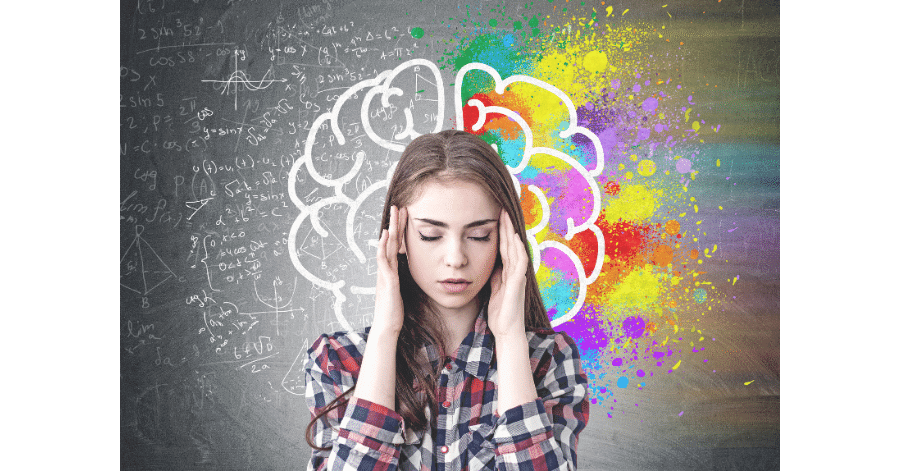
Discover the science of stress – causes, symptoms, and treatment – and learn to embrace stress as a natural part of life while developing tools to navigate it effectively.
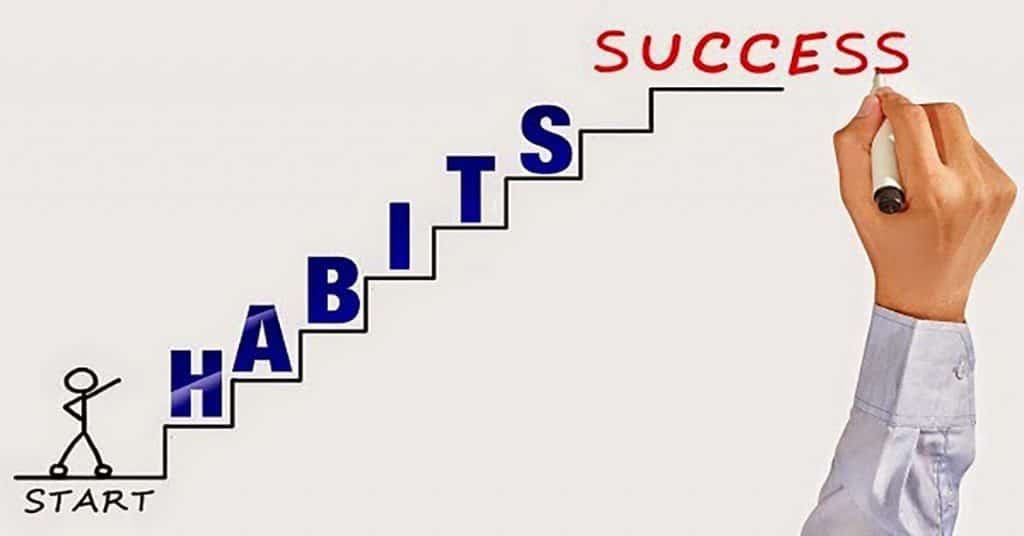
Knowledge is not power without action, and habits form the consistent actions that compound over time to guarantee success.

The benefits of dopamine depend on how you use it; too much of a good thing can be bad. Learn how to increase dopamine naturally, while avoiding the pitfalls of overuse.
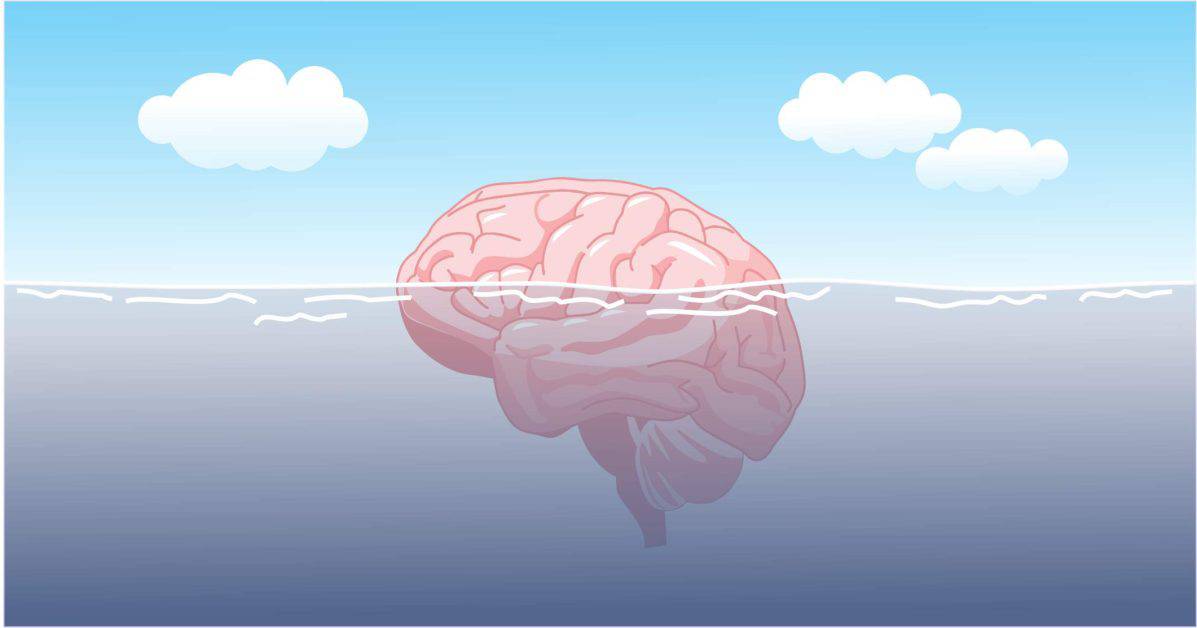
The subconscious mind has long been surrounded by mystery, but cognitive sciences are unravelling the mystery.

Retirement will come sooner than you imagine. Learn why building retirement savings is vital and how much you need to start saving today.
© 2025 Modern Mind Masters - All Rights Reserved
You’ll Learn:
Effective Immediately: 5 Powerful Changes Now, To Improve Your Life Tomorrow.
Click the purple button and we’ll email you your free copy.